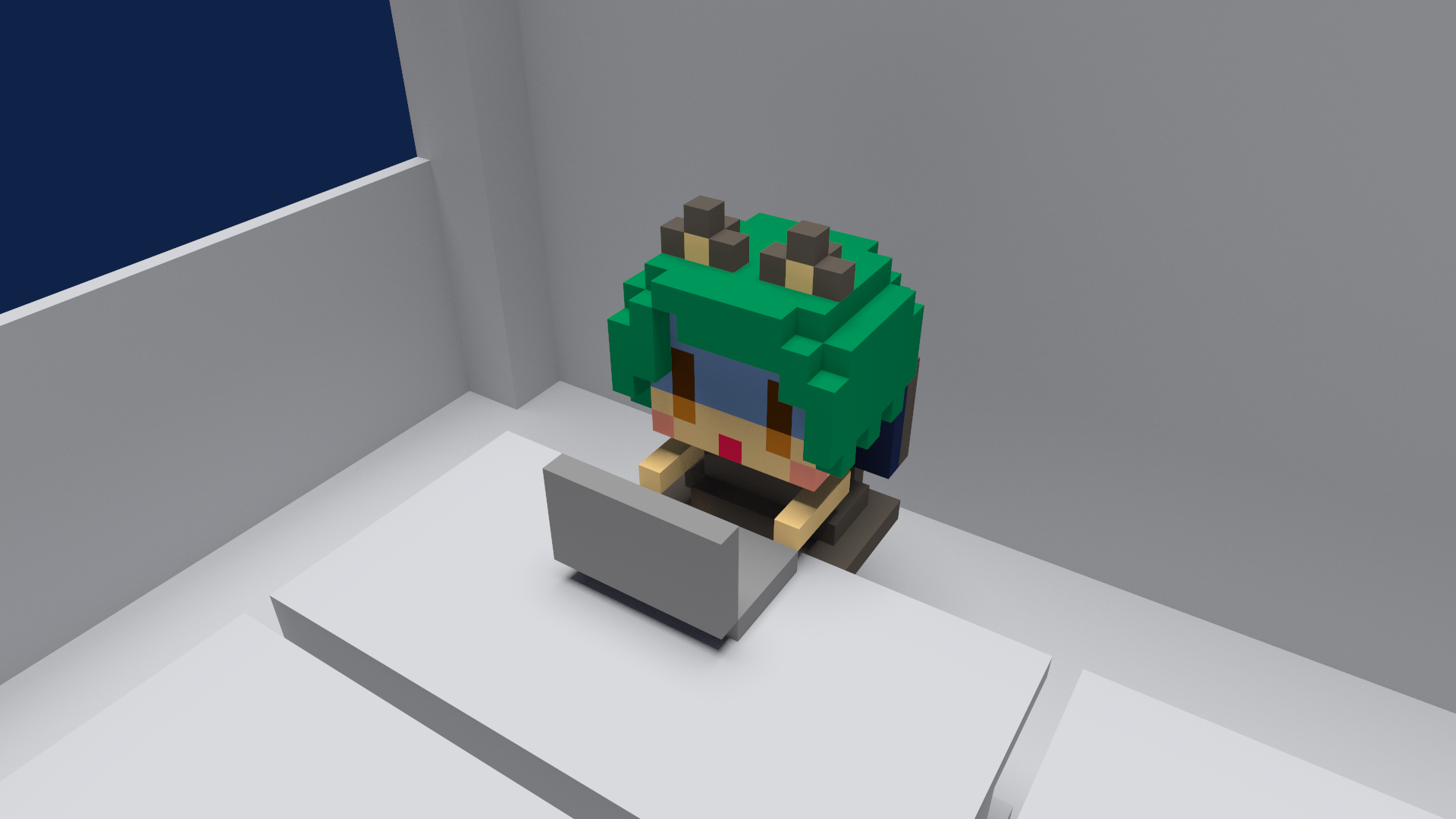【Leaflet/leaflet-heat.js】ヒートマップを表示する
2023-6-29 | JavaScript, Leaflet
Leafletでleaflet-heat.jsを使ってヒートマップを表示したい!
概要
今回の記事では、Leafletでleaflet-heat.jsを使ってヒートマップを表示する手順を掲載する。
仕様書
環境
- Leaflet 1.7.1
- Leaflet.heat 0.2.0
手順書
今回は、leaflet-heat.jsを使ってマップの上にヒートマップを表示する。
柱の位置にデータを設定したサンプル。
<!DOCTYPE html>
<html>
<head>
<meta charset="UTF-8" />
<title>Leaflet Test</title>
<link rel="stylesheet" href="https://unpkg.com/leaflet@1.7.1/dist/leaflet.css" />
<script src="https://unpkg.com/leaflet@1.7.1/dist/leaflet.js"></script>
<script src="https://cdn.rawgit.com/Leaflet/Leaflet.heat/gh-pages/dist/leaflet-heat.js"></script>
<script>
function init() {
var lat2xy = function (x, y) {
return map.project([x, y], map.getMaxZoom());
};
var image = {
url: "https://blog.nekonium.com/wp-content/uploads/catacombs_of_the_cursed_witch.png",
width: 2030,
height: 2730,
};
var map = L.map("leaflet-container", {
crs: L.CRS.Simple,
minZoom: -1,
maxZoom: 4,
});
var imageBounds = L.latLngBounds([map.unproject([0, image.height], map.getMaxZoom()), map.unproject([image.width, 0], map.getMaxZoom())]);
map.fitBounds(imageBounds);
map.setMaxBounds(imageBounds.pad(0.5));
L.imageOverlay(image.url, imageBounds).addTo(map);
var heatDataPixels = [
[140, 560, 1],
[140, 630, 1],
[210, 560, 1],
[210, 630, 1],
[1120, 140, 1],
[1120, 210, 1],
[1190, 140, 1],
[1190, 210, 1],
[1830, 850, 1],
[1870, 930, 1],
[1950, 975, 1],
[2045, 975, 1],
[2120, 930, 1],
[2165, 850, 1],
[2165, 760, 1],
[2120, 680, 1],
[2045, 635, 1],
[1950, 635, 1],
[1870, 680, 1],
[1830, 760, 1]
];
var heatData = heatDataPixels.map(function (point) {
var latLng = map.unproject([point[1], point[0]], map.getMaxZoom());
return [latLng.lat, latLng.lng, point[2]];
});
var heat = L.heatLayer(heatData, { radius: 25 }).addTo(map);
}
</script>
</head>
<body onload="init()">
<div id="leaflet-container" style="position: absolute; top: 0; left: 0; right: 0; bottom: 0"></div>
</body>
</html>解説
下記のようなN x 3の2次配列でヒートマップのデータを作る。
var heatDataPixels = [
[140, 560, 1],
[140, 630, 1],
[210, 560, 1],
[210, 630, 1],
[1120, 140, 1],
[1120, 210, 1],
[1190, 140, 1],
[1190, 210, 1],
[1830, 850, 1],
[1870, 930, 1],
[1950, 975, 1],
[2045, 975, 1],
[2120, 930, 1],
[2165, 850, 1],
[2165, 760, 1],
[2120, 680, 1],
[2045, 635, 1],
[1950, 635, 1],
[1870, 680, 1],
[1830, 760, 1]
];配列の要素の内訳。
[Y座標, X座標, 輝度(0.0~1.0)]
これを座標分作る。
今回はカスタムイメージのマップなので座標はピクセル座標なんだけども、leaflet-heat.jsでは緯度経度を使うので座標を変換する必要がある。
変換するコード。
var heatData = heatDataPixels.map(function (point) {
var latLng = map.unproject([point[1], point[0]], map.getMaxZoom());
return [latLng.lat, latLng.lng, point[2]];
});ヒートマップのデータをheatLayerのコンストラクターに渡す。
var heat = L.heatLayer(heatData, { radius: 25 }).addTo(map);radiusオプションは座標1つ分が影響する範囲を半径で設定できる。
デモ
CODEPENで動かしてみると下記のような感じ。
See the Pen
Leaflet Heatmap Test by 108nen (@108nen)
on CodePen.
まとめ(感想文)
ヒートマップでいろいろ可視化できそう!

